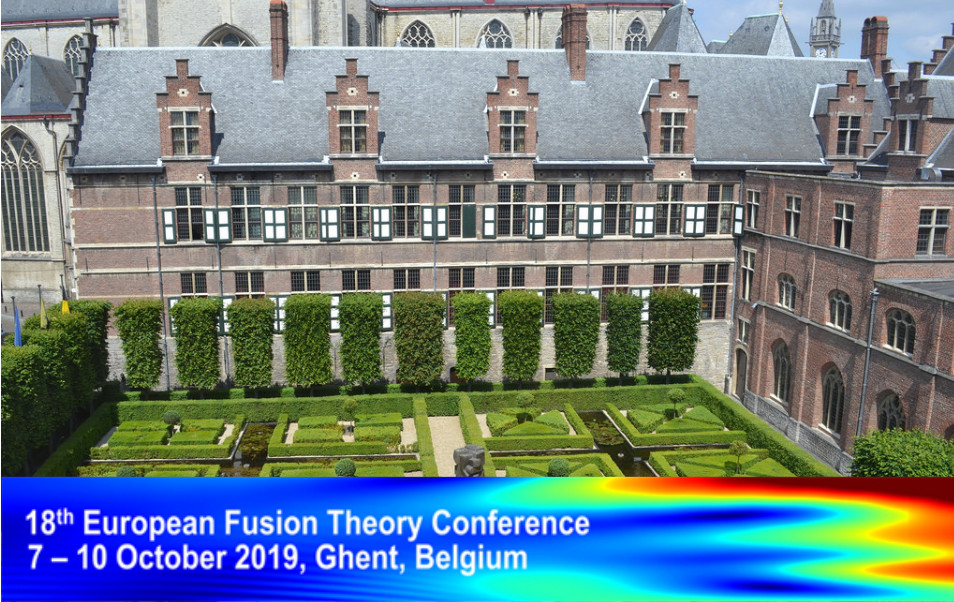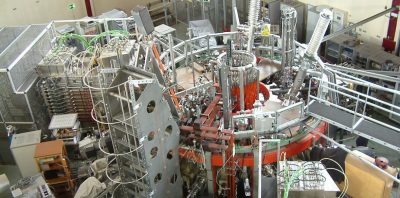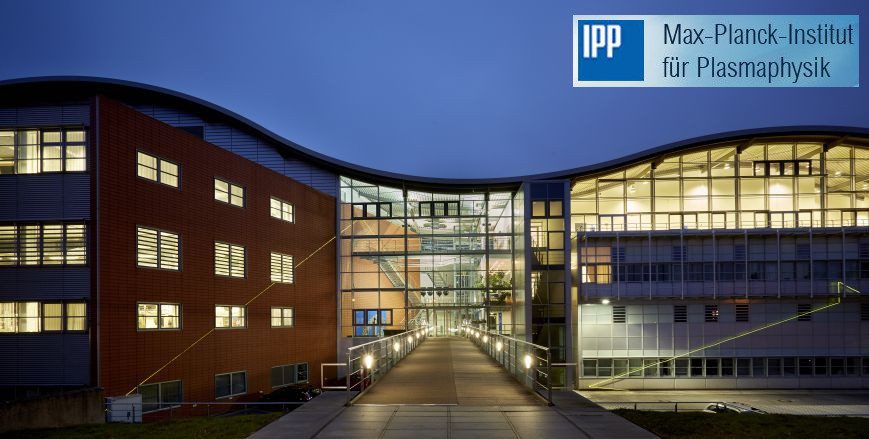
In the second week of October, our group member Dr. Allah Rakha participated in the 18th European Fusion Theory Conference (EFTC), which is one of the world leading fusion theory conferences, and delivered an oral talk titled ‘Shear Alfvén wave continuum spectrum with bifurcated helical core equilibria’.
In his discourse, he presented the modelling results of Alfvén continuum calculations due to helical core equilibria in the ASDEX Upgrade tokamak plasmas, which he had obtained using stellarator community 3D numerical tools. This year, the conference took place at Ghent University, Belgium on October 7-10, 2019.





